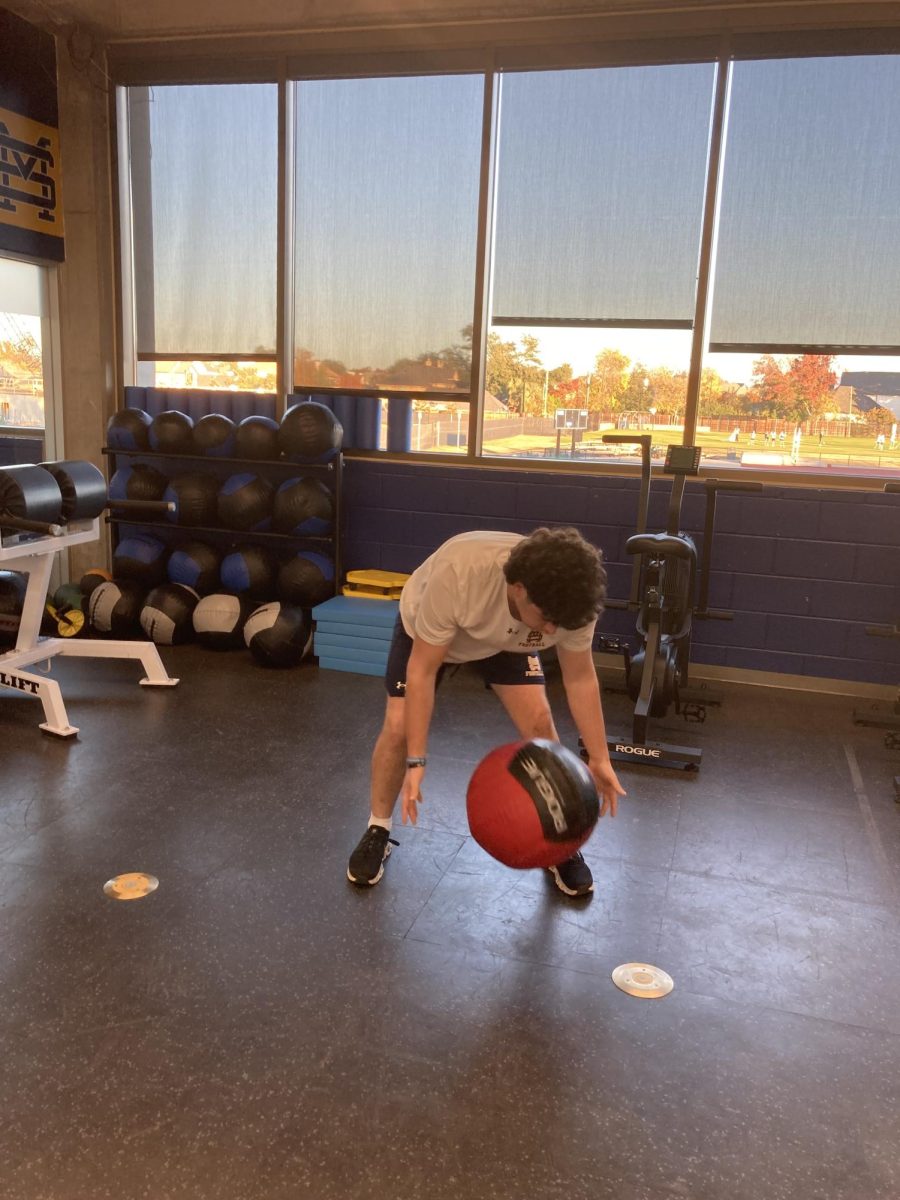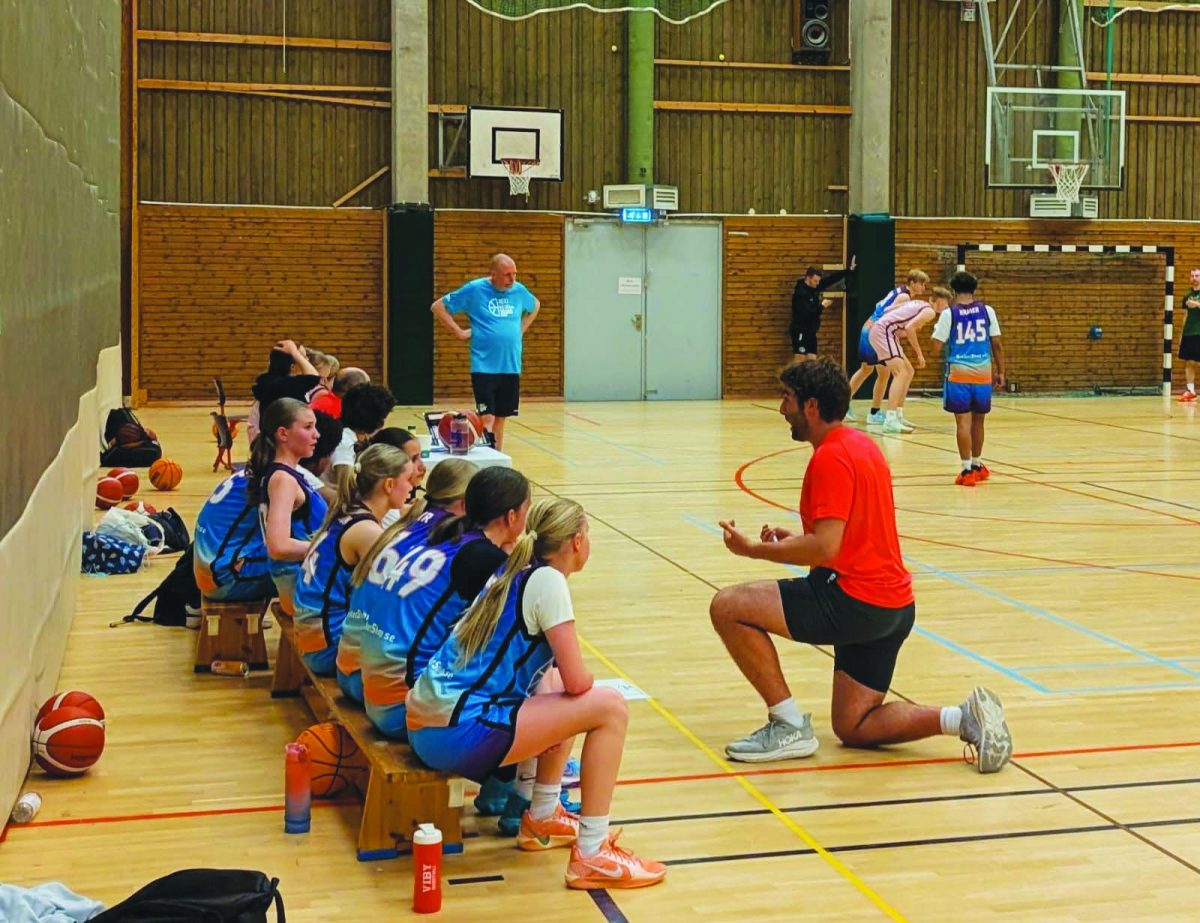For some sports, a constant body of work is necessary to maintain a competitive standard. Lacrosse and football, for example, get that work through an off-season.
According to strength and conditioning coach Kevin Dilworth, the work done during the off-season is not only markedly different from what is done during regular season, but also unique from other workouts.
“Lacrosse had two off-season cycles,” Dilworth said. “They had a fall cycle where it was four days of lifting, to let them get stronger and gain some good weight. They were getting in anaerobic shape. Now, we just transitioned over because now it’s time for them to get into aerobic shape, so now we’re lifting three days a week, but we also have two days of cardio on Tuesdays and Thursdays.”
Since lacrosse season begins in the spring, much of their work is currently focused on speed and power, according to Dilworth. For football players, however, whose season has already ended, the regime is different.
“Football is transitioning to where lacrosse was,” Dilworth said. “I want those guys to get bigger and stronger through what I call a shortened winter because of our breaks in between. But some of those athletes who are not in spring will have the same concept as lacrosse.”
Dilworth plans for those athletes to follow a seven-week cycle of getting strong, then doing speed development training, before meeting the football coaches in the spring and getting tested to record a baseline. Throughout the summer, the players then train to break the numbers they set in the spring.
For other sports, such as water polo, swimming and track, the off-season can look very different. According to Dilworth, the training for the aquatics athletes tries to balance and maintain the strength and speed of the athletes.
“Mostly, we don’t have any track athletes that are just strictly track guys,” Dilworth said. “They’re lifting and then doing interval training. What we want is to try to keep [the guys] lifting yearly around to where you don’t miss a beat. If you keep at that, you stay winning.”
One particular difficulty Dilworth has with some athletes is their hesitation to approach the weight room. In his experience, many younger athletes are skeptical of the benefit or simply unsure what to do.
“The weight serves two purposes,” Dilworth said. “First, to get stronger. Secondly, to keep you off the injuries list, because the stronger I am, the less chance I’m going to get injured. It is injury prevention and as athletes we need to take more advantage of it. Once you start lifting and getting stronger your perspective changes. A lot of times kids don’t want to go in there because there’ll be some failing moments. But I’m winning every day. Come up here and challenge yourself to win. And once you win and you break through here, you’re going to have breakthrough moments and other areas in your scores.”













